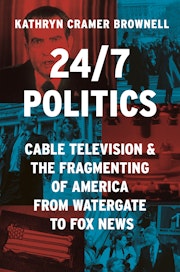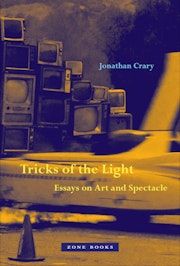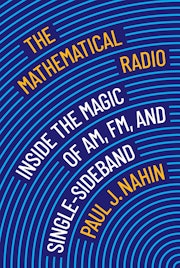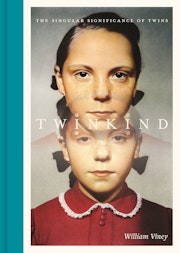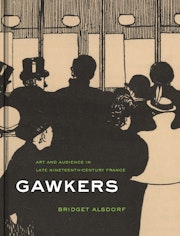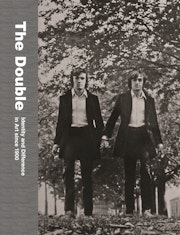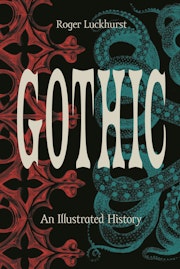Cinema & Media Studies
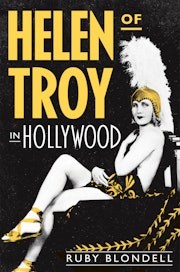
How a legendary woman from classical antiquity has come to embody the threat of transcendent beauty in movies and TV
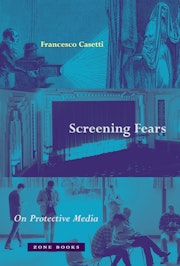
A historical and theoretical investigation of the unexpected ways screen-based media protect and excite viewers’ fears and anxieties of the world
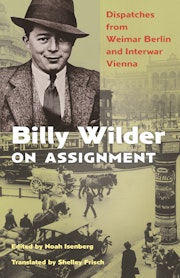
A Times Literary Supplement Book of the Year, chosen by Tom Stoppard
"A revelation."—Marc Weingarten, Washington Post
